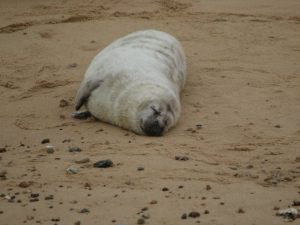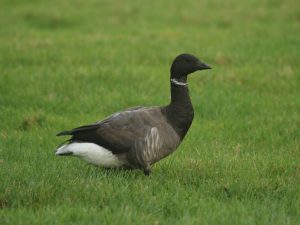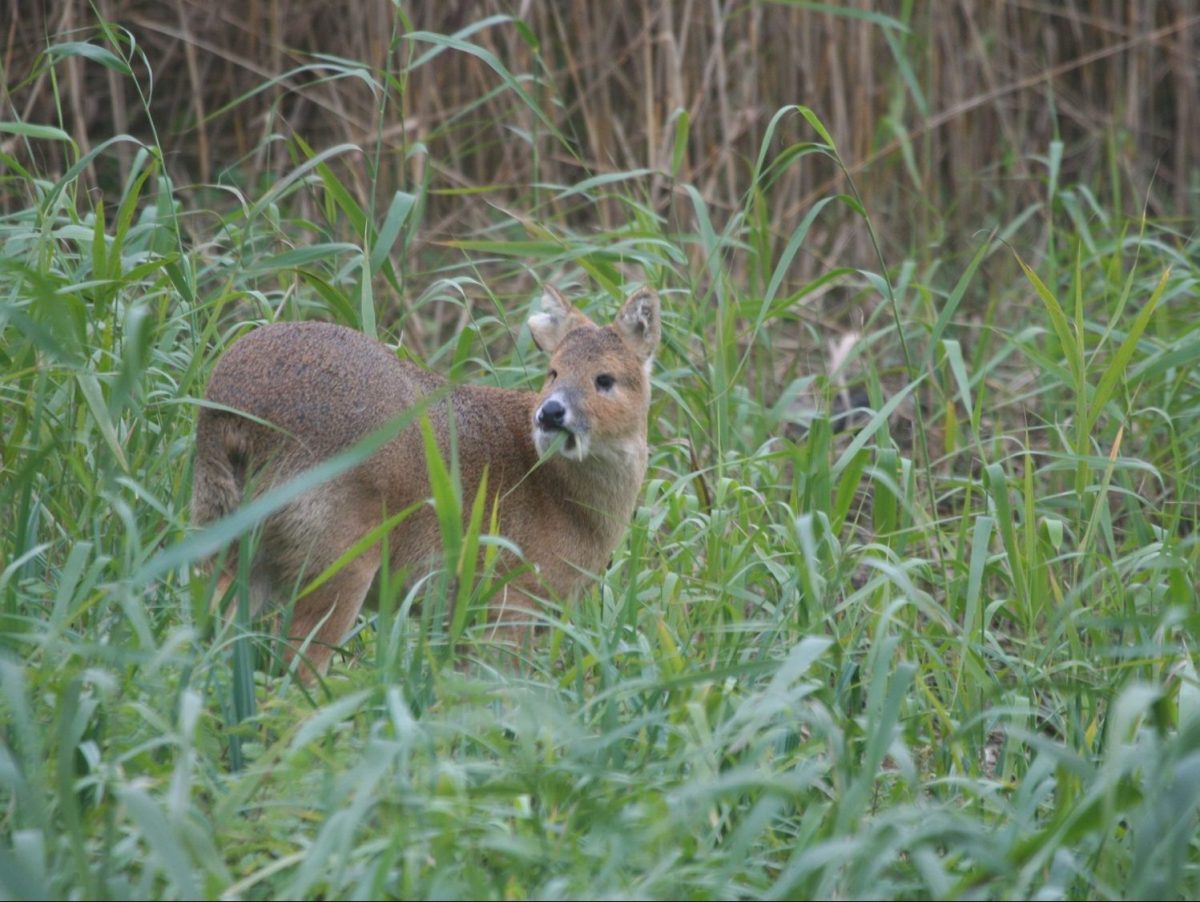
winter wildfowl and natural history
Norfolk is justly famous for its wildlife. Our itinerary is designed to take in the most spectacular avian events and to give us a chance of seeing some of the county’s splendid mammal-life.
Download leaflet
Dates
To be confirmed
Leader
To be confirmed
Price
To be confirmed
Included
Four nights, accommodation, full board. Local transport and entry fees as specified in itinerary.
Not included
Travel to Crostwick. Refreshments. Gratuities. Travel insurance. Covid tests and associated costs.
Group size
Minimum 4, maximum 14.
Norfolk is justly famous for its wildlife. Our itinerary is designed to take in the most spectacular avian events and to give us a chance of seeing some of the county’s splendid mammal-life.
From our base just north of Norwich, we’ll explore the great wetlands and sweeping vistas of the Norfolk Broads. We’ll visit a colony of Grey Seals and hope to witness both newborn seal pups and rough-and-ready courtship. We’ll also visit the Thurne catchment where we have a high chance of finding wintering geese and charming Chinese Water Deer. We end the day at the spectacular roost of harriers at Stubb Mill, where up to 100 Marsh Harriers may be accompanied by other raptors, Cranes and occasionally Bitterns. Our second day in Broadland will be spent in the Yare Valley, where we have a chance of seeing Otters at play, as well as wintering White-fronted and (fingers crossed) Taiga Bean Geese. Our final visit today will be to watch thousands of corvids coming in to roost, a spectacle, which inspired Mark Cocker’s celebrated ‘Crow Country’.
After our time in the east, we head north to spend a day on the marshes along the North Norfolk coast. A feature of this time of year are the large flocks of geese feeding out in the fields: thousands of Pink-footed Geese, along with smaller numbers of White-fronted and Tundra Bean Geese. We will spend some time on our goose chase, before turning our attention to the marshes and beaches in search of Shorelark, Snow Bunting and any rare birds which may appear at this rewarding time of year. Our day in North Norfolk will end with the cackles of innumerable thousands of Pink-Footed Geese in our ears, as they fly in to roost. Unforgettable!
Download trip report
Please note that holidays change, although sometimes only slightly, from year to year and previous trip reports may not reflect the planned itinerary, or other holiday details, for the current trip. Please ask us if you would like to know of any significant differences.
Day 1 Our holiday starts in Crostwick where we will meet this evening at our hotel in time for an introduction to the holiday and our first dinner together.
Day 2 We travel eastwards, to explore the edge of the Broads National Park, starting at the coast at Horsey. We walk through the sand dunes, looking out for birds, but the main attraction here is the breeding colony of Grey Seals on the beach. We will look for Red-throated Diver, Guillemot and the occasional sea duck amongst the waves out at sea. As the shadows lengthen, we make our way inland to watch what will hopefully be the first of several impressive evening roosts. Marsh Harriers gather to roost together, some years numbering more than 100 birds, along with occasional Hen Harriers.
Day 3 We head south to explore the nearby Yare Valley. The RSPB reserve at Strumpshaw Fen gives us access to Alder woodland and open pools among the reedbeds. We can expect to hear the explosive calls of Cetti’s Warbler, while we will also be listening out for the pinging of Bearded Tits and the squeals of secretive Water Rail. The nearby grazing marshes at Buckenham are home to wintering wildfowl, with flocks of whistling Wigeon alongside Lapwing and Golden Plovers. This is also home to the only wintering flock of Taiga Bean Geese in England, numbering just a handful of individuals. As dusk falls, we head to watch one of the unsung spectacles of the bird world: the massive roost of Rooks and Jackdaws, thousands and thousands of birds swirling into their roost, made famous in Mark Cocker’s ‘Crow Country’.
Day 4 We head to the North Norfolk Coast, where our itinerary will depend very much on where the birds are. Large flocks of Pink-footed Geese spend part of the winter grazing the fields of North Norfolk, amongst which smaller numbers of White-fronted, Tundra Bean and Barnacle Geese often turn up. We aim to spend our day on the coast, perhaps starting at Cley Marshes, where large numbers of Golden Plover and Dark-bellied Brent Goose gather on the Eye Field, while Marsh Harriers hunt over the reeds. The shingle beach between here and Salthouse is a regular wintering site for flocks of Snow Bunting, together with occasional Lapland Bunting and Shorelark. In the evening, we will watch as thousands of Pink-footed Geese gather on the grazing marshes before heading off overhead to their roost site out to sea. Wherever we end up, we are sure to enjoy the day.
Day 5 One final breakfast and it is time to bid farewell to The Old Rectory and to Norfolk and to head home, hopefully taking some good memories of big skies and spectacular flocks.
Please note that the itinerary may be changed to suit the weather or other practicalities at the discretion of the leaders.
Our accommodation will be at The Old Rectory in the village of Crostwick, which lies 10 minutes north of Norwich on the B1150 towards North Walsham. All rooms are en-suite.
We shall be taking packed lunches each day. Evening meals will be taken at our hotel, Requests for special diets can be accommodated.
Our transport for this trip will be by small coach or minibus.
Travel to Crostwick
The holiday starts and finishes at our accommodation in Crostwick.
You can reach Norwich by train, from there you would need to take a taxi to Crostwick.
Crostwick lies around five miles north of Norwich, off the A1270.
The English weather is of course anything but predictable. We should expect cool and possibly damp conditions, although who knows, the weather could be bright and sunny on some days and cold and wet on others! We will adapt our itinerary to the weather. It can be ‘breezy’ or even windy on the coast at times. We will not walk for long in adverse weather conditions. Evenings can be cold, as we stand about waiting for dusk to fall and the flocks to head to roost.
We will be walking for much of the day, each day, albeit at a slow pace. In some locations ‘facilities’ are scarce! You therefore need to have a reasonably good level of fitness although none of the w alks are strenuous.



